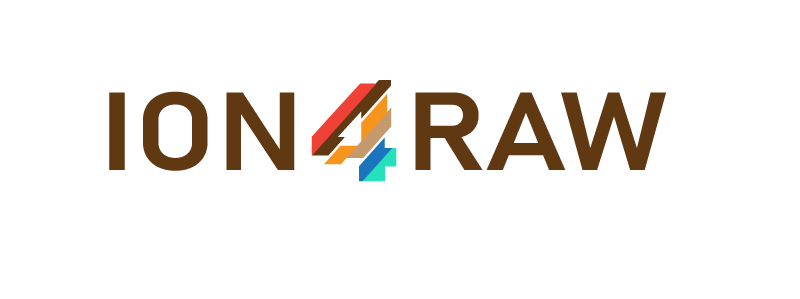Frequently Asked Questions
A joint recovery of by-products from primary sources which belong to the Cu-Ag-Au group is proposed. Most of the targeted by-products elements are Critical Raw Materials as bismuth (Bi), germanium (Ge), indium (In), cobalt (Co), platinum (Pt) and antimony (Sb). Accompanying major product metals, e.g. copper (Cu), silver (Ag) and gold (Au), may also be recovered by this process.
Read about each by-product in detail here
CRMs are minerals combining high economic importance to the EU with a high risk associated with their supply.
The European Commission has created a list of Critical Raw Materials (CRMs), updated periodically, and based on a criticality assessment at the EU level. The criticality assessment includes close monitoring of the raw materials’ current and expected future needs, as well as the risk of potential shortages due to natural, technical, or political factors. The first list, published in 2010, contained 14 CRMs. Periodic revisions have included additional CRMs, reaching a total of 20 CRMS in 2014 and then 27 in 2017. The 2020 list now contains 30 CRMs, and the criticality of some more materials such as nickel is being closely monitored.
The ION4RAW project works on the recovery of six of those CRMs, namely antimony, platinum (PGMs), and cobalt, bismuth, indium, and germanium.
See below all raw materials showcased depending on their criticality. ION4RAW materials of focus are highlighted in yellow.
Europe’s environmental impacts caused by mining can be decreased through the recycling of waste containing minerals. ION4RAW will allow mining companies to fully exploit by-product potential by recovering such by-products at their own facilities.
Ionometallurgy requires the use of a ionic liquid as solvent. However, among the wide variety of ionic liquids, many are unsuitable to such a large scale-application as mineral processing due to high costs, lack of availability or toxicity. The DES are a type of green solvents that are environmentally benign, yet chemically stable and cheap enough to be economically viable on a large scale.
An electrochemical method is a method using an electrocatalyst to dissolve and recover metals thanks to the vey high atom efficiency. The advantage of using electrocatalysis is that it requires no direct contact, so the method can be applied to powdered and non-conducting materials such as ores.
TRL are a method for estimating the maturity of a given technology. TRL spans over nine levels as follows:
TRL 1 – Basic principles observed / TRL 2 – Technology concept formulated / TRL 3 – Experimental proof of concept / TRL 4 – Technology validated in lab / TRL 5 – Technology validated in relevant environment (industrially relevant environment in the case of key enabling technologies) / TRL 6 – Technology demonstrated in relevant environment (industrially relevant environment in the case of key enabling technologies) / TRL 7 – System prototype demonstration in operational environment / TRL 8 – System complete and qualified / TRL 9 – Actual system proven in operational environment (competitive manufacturing in the case of key enabling technologies; or in space)
The ION4RAW process is meant to evolve from TRL2/3 to TRL5 by the end of the project.
You have a question?
Send us an email! We’ll make sure to respond to your inquiries in this section.
GLOSSARY
Ionometallurgy is the processing of metals in ionic liquids. Ionometallurgy provides an ideal approach to by-products metal recovery because metal dissolution is highly mineral specific and by-products are usually located in certain minerals. Thus, the whole process can target specific by-products elements.
Ionometallurgy has ecological and economic advantages over alternative pyro- or hydro- metallurgical processes.
An electrocatalyst is a chemical oxidising agent that can be recovered in situ by an electrochemical reaction.
Comminution & Benefication are part of the process aiming at preparing the ore for DES processing. Comminution is achieved by crushing & milling. Benefication consists in the separation of the ore to a more concentrated product and a waste stream based on the physical property of the mineral (gravity separation for instance).
Heterogeneous process in which targeted metal ions are reduced to zero valence at a solid metallic interface. This is done by adding another metal with a lower redox potential that is oxidized while the target metal ions are reduced through the transfer of electrons and precipitate.
This method can be applied to the following ION4RAW targeted elements: Au, Cu, Ag, Bi, and Sb.
Formation of a solid in a solution during a chemical reaction. When the reaction occurs, the solid formed is called the precipitate, and the liquid remaining above the solid is called the supernate.
This method can be applied to the following ION4RAW targeted elements: Co, Se, In, Mo, Ge, and Re.
Method to separate compounds based on their relative solubilities in two different immiscible liquids. When these two liquids are in contact, targeted metal ions diffuse from the feed solution to the solvent, which becomes enriched and is then separated for recovery of the metal.


